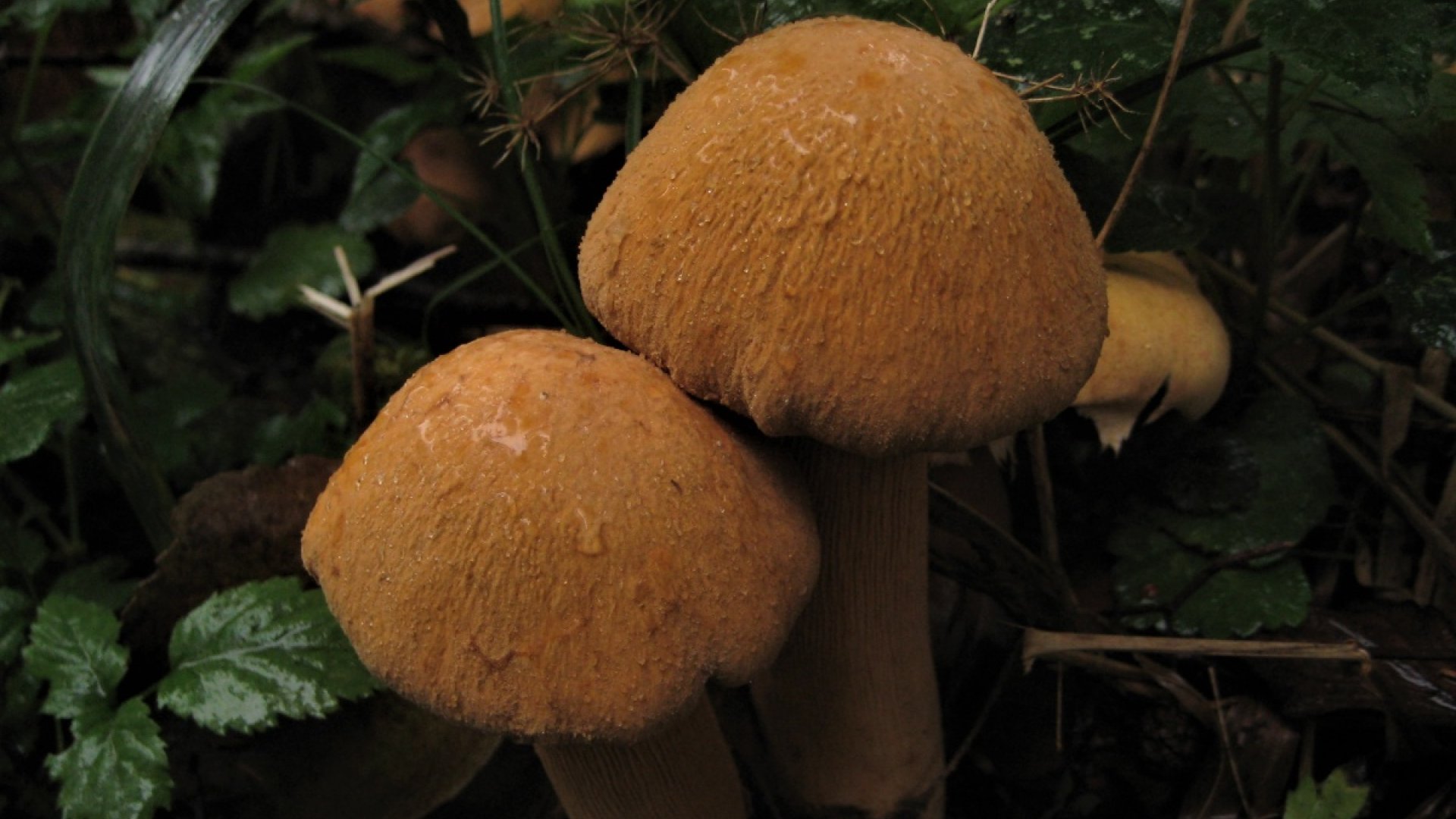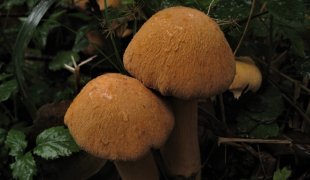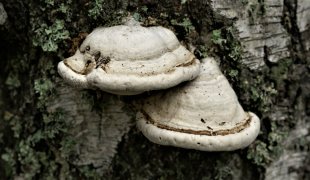-
Faculty of Arts and HumanitiesDean's Office, Faculty of Arts and HumanitiesJakobi 2, r 116-121 51005 Tartu linn, Tartu linn, Tartumaa EST0Institute of History and ArchaeologyJakobi 2 51005 Tartu linn, Tartu linn, Tartumaa EST0Institute of Estonian and General LinguisticsJakobi 2, IV korrus 51005 Tartu linn, Tartu linn, Tartumaa EST0Institute of Philosophy and SemioticsJakobi 2, III korrus, ruumid 302-337 51005 Tartu linn, Tartu linn, Tartumaa EST0Institute of Cultural ResearchÜlikooli 16 51003 Tartu linn, Tartu linn, Tartumaa EST0Institute of Foreign Languages and CulturesLossi 3 51003 Tartu linn, Tartu linn, Tartumaa EST0School of Theology and Religious StudiesÜlikooli 18 50090 Tartu linn, Tartu linn, Tartumaa EST0Viljandi Culture AcademyPosti 1 71004 Viljandi linn, Viljandimaa EST0Professors emeriti, Faculty of Arts and Humanities0Associate Professors emeriti, Faculty of Arts and Humanities0Faculty of Social SciencesDean's Office, Faculty of Social SciencesLossi 36 51003 Tartu linn, Tartu linn, Tartumaa EST0Institute of EducationJakobi 5 51005 Tartu linn, Tartu linn, Tartumaa EST0Johan Skytte Institute of Political StudiesLossi 36, ruum 301 51003 Tartu linn, Tartu linn, Tartumaa EST0School of Economics and Business AdministrationNarva mnt 18 51009 Tartu linn, Tartu linn, Tartumaa EST0Institute of PsychologyNäituse 2 50409 Tartu linn, Tartu linn, Tartumaa EST0School of LawNäituse 20 - 324 50409 Tartu linn, Tartu linn, Tartumaa EST0Institute of Social StudiesLossi 36 51003 Tartu linn, Tartu linn, Tartumaa EST0Narva CollegeRaekoja plats 2 20307 Narva linn, Ida-Virumaa EST0Pärnu CollegeRingi 35 80012 Pärnu linn, Pärnu linn, Pärnumaa EST0Professors emeriti, Faculty of Social Sciences0Associate Professors emeriti, Faculty of Social Sciences0Faculty of MedicineDean's Office, Faculty of MedicineRavila 19 50411 Tartu linn, Tartu linn, Tartumaa ESTInstitute of Biomedicine and Translational MedicineBiomeedikum, Ravila 19 50411 Tartu linn, Tartu linn, Tartumaa ESTInstitute of PharmacyNooruse 1 50411 Tartu linn, Tartu linn, Tartumaa ESTInstitute of DentistryL. Puusepa 1a 50406 Tartu linn, Tartu linn, Tartumaa ESTInstitute of Clinical MedicineL. Puusepa 8 50406 Tartu linn, Tartu linn, Tartumaa ESTInstitute of Family Medicine and Public HealthRavila 19 50411 Tartu linn, Tartu linn, Tartumaa ESTInstitute of Sport Sciences and PhysiotherapyUjula 4 51008 Tartu linn, Tartu linn, Tartumaa ESTProfessors emeriti, Faculty of Medicine0Associate Professors emeriti, Faculty of Medicine0Faculty of Science and TechnologyDean's Office, Faculty of Science and TechnologyVanemuise 46 - 208 51003 Tartu linn, Tartu linn, Tartumaa ESTInstitute of Computer ScienceNarva mnt 18 51009 Tartu linn, Tartu linn, Tartumaa ESTInstitute of GenomicsRiia 23b/2 51010 Tartu linn, Tartu linn, Tartumaa ESTEstonian Marine Institute0Institute of PhysicsInstitute of ChemistryRavila 14a 50411 Tartu linn, Tartu linn, Tartumaa EST0Institute of Mathematics and StatisticsNarva mnt 18 51009 Tartu linn, Tartu linn, Tartumaa EST0Institute of Molecular and Cell BiologyRiia 23, 23b - 134 51010 Tartu linn, Tartu linn, Tartumaa ESTTartu ObservatoryObservatooriumi 1 61602 Tõravere alevik, Nõo vald, Tartumaa EST0Institute of TechnologyNooruse 1 50411 Tartu linn, Tartu linn, Tartumaa ESTInstitute of Ecology and Earth SciencesJ. Liivi tn 2 50409 Tartu linn, Tartu linn, Tartumaa ESTProfessors emeriti, Faculty of Science and Technology0Associate Professors emeriti, Faculty of Science and Technology0Institute of BioengineeringArea of Academic SecretaryHuman Resources OfficeUppsala 6, Lossi 36 51003 Tartu linn, Tartu linn, Tartumaa EST0Area of Head of FinanceFinance Office0Area of Director of AdministrationInformation Technology Office0Administrative OfficeÜlikooli 17 (III korrus) 51005 Tartu linn, Tartu linn, Tartumaa EST0Estates Office0Marketing and Communication OfficeÜlikooli 18, ruumid 102, 104, 209, 210 50090 Tartu linn, Tartu linn, Tartumaa EST0Area of Vice Rector for DevelopmentCentre for Entrepreneurship and InnovationNarva mnt 18 51009 Tartu linn, Tartu linn, Tartumaa EST0University of Tartu Natural History Museum and Botanical GardenVanemuise 46 51003 Tartu linn, Tartu linn, Tartumaa EST0International Cooperation and Protocol Office0University of Tartu MuseumLossi 25 51003 Tartu linn, Tartu linn, Tartumaa EST0Area of RectorRector's Strategy OfficeInternal Audit OfficeArea of Vice Rector for Academic AffairsOffice of Academic Affairs0University of Tartu Youth AcademyUppsala 10 51003 Tartu linn, Tartu linn, Tartumaa EST0Student Union OfficeÜlikooli 18b 51005 Tartu linn, Tartu linn, Tartumaa EST0Centre for Learning and TeachingArea of Vice Rector for ResearchUniversity of Tartu LibraryW. Struve 1 50091 Tartu linn, Tartu linn, Tartumaa EST0Grant Office
Mycological collections
Mycological collections of the University of Tartu, Natural History Museum and Botanical Garden maintain dried fungi and lichens. Internationally, the collections are known by the acronym TUF – Fungarium Universitatis Tartuensis.
Most of the material has been collected during scientific expeditions or deposited as vouchers from various research projects by scientists from the University of Tartu. The largest and the most unique part of the collection originates from Estonia, whereas the rest originates from areas all around the world. The collections also include donations by foreign and amateur researchers. More than 3000 specimens are added to the mycological collections every year.
The collections are actively used both by Estonian and foreign scientists for taxonomic and conservation studies, for compiling regional checklists, etc.
Of the 122 974 specimens, there are about 90 000 lichens and about 33 000 fungi: among these, there are 229 type specimens, of which 49 are holotypes.
Inquiries about specimens can be made at the eElurikkus portal.
In addition to fungi and lichens, the mycological collections also hold field diaries and notes of researchers, as well as maps used during their expeditions. There are also drawings, watercolours of mushrooms and life-size mushroom models made by amateur mycologist Nikolai Witkowsky (1868–1948).
-
Collection of dried fungi
-
Collection of dried lichens
The mycological collections of the University of Tartu Natural History Museum and Botanical Garden are open to all researchers, enthusiasts, students and anyone interested in research and teaching. When working with the collections, please follow the instructions for working with the collections to ensure that the preserved materials are maintained for future research.
Staff of the mycological collections
Associate Professor in Lichenology Ave Suija ave.suija@ut.ee
Research Fellow in Mycology Irja Saar irja.saar@ut.ee
Curator Irma Zettur irma.zettur@ut.ee
Curator Mari Müür mari.muur@ut.ee
Curator Ede Oja ede.oja@ut.ee
See the Annual Activity Report 2020. The report is in Estonian.
The oldest specimens in the mycological collections date back to the 1860s when a schoolteacher and amateur lichenologist and bryologist Andreas Bruttan (1829–1893) studied lichens. specimens from Paul Wasmuth, Konstantin Mereschkowsky and Veli Räsänen were deposited in the first half of the 20th century. Here we also hold materials of the first Estonian lichenologist Hilja Lippmaa and her husband, Theodor Lippmaa, mainly from the 1930s. A significant part of the collection is made up of specimens collected by Prof. Hans Trass (1928-2017), his colleagues and students from the scientific expeditions to the former USSR (Far East, surroundings of Lake Baikal, Kuril Islands, Central Asia and elsewhere). The collection of dried fungi is younger, established at the beginning of the 2000s. Since then, the collection has expanded rapidly, with specimens originating from Estonia as well as from all over the world. The collections of fungi and lichens were brought together under one roof only at the beginning of 2022 when the rooms in the historic building of the Natural History Museum at Vanemuise Street 46 were renovated. Until then, the mycological collections were housed in different buildings of the University.
Mycological collections in the ETIS database
Visit the websiteMycological collections in the eBiodiversity database
Visit the website




